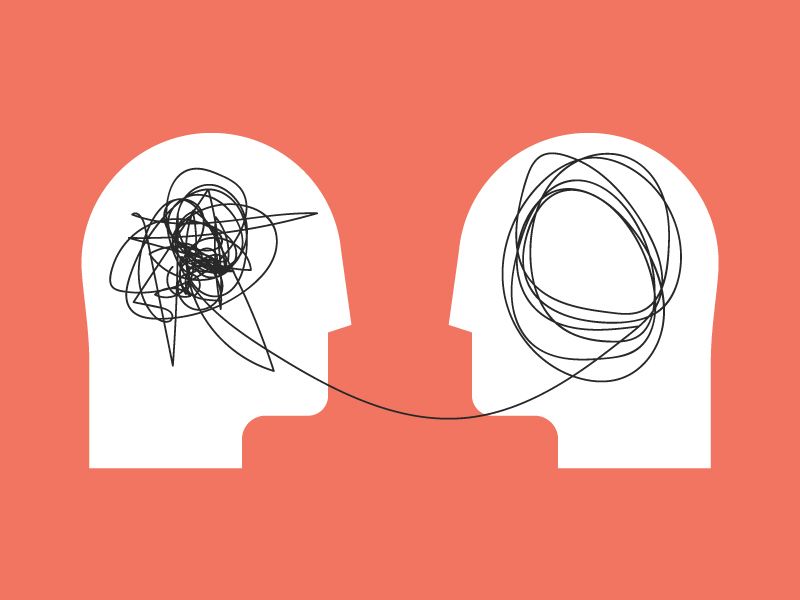
Oct 7, 2020
. UI UXs .
3 min read
Here Are A Few Psychology Principles That Every UX UI Designer Needs To Be Aware Of
Psychology has a large role to play in the experience and engagement of a user with a website or application.
Psychology has a large role to play in the experience and engagement of a user with a website or application. By acquiring a good understanding of how the users perceive diverse designs, UI UX designers can create a much more efficient product. Here are a few important and prominent psychology principles that professionals can use as guidelines when working on UI UX designs:
- Von Restorff effect: This principle predicts that when there are multiple similar objects present, the one that is different from the others would be more likely to be remembered by the users. Due to this reason, quite often, the call-to-action (CTA) buttons of the website are designed differently from the rest of the action buttons featured there. It is imperative to enable the users to differentiate between a typical action button and a CTA, so as to ensure that they have a clear understanding of the job of the CTA, while also remembering it for the duration they are using the website or application.
- Serial position effect: This principle underlines the propensity of a user to best remember the very first and last objects in a series. Owing to this principle, many of the modern mobile applications tend to ditch the traditional hamburger menu and opt to go for a top or bottom bar navigation while placing the most crucial user actions to the left or right.
- Cognitive load: Cognitive load is the total extent of mental efforts being used in the working memory of a person. To put it into simple terms, it is the amount of thought people would need to exercise to complete a particular task. The theory of cognitive load theory can subsequently be differentiated into three types - extraneous cognitive load, intrinsic cognitive load, and germane cognitive load. Among these three concepts, intrinsic and germane are the most prominently applicable to the sphere of UX design.
Intrinsic cognitive load mentions the difficulty associated with any particular instructional topic and is one of the major reasons why copy play and micro play have such high significance in ensuring good UX.
For example: When prompting the users to complete a task, a short and simple copy is used so that the users are able to easily understand and follow the instructions provided.
Germane Cognitive Load is devoted to the aspect of processing information, as well as the construction of schemas. The schemas are known to describe a pattern of thought that efficiently organizes categories of information, and even any relationship developed among them. One of the biggest reasons for using design patterns is that it helps the users to properly recognize and learn something new if they are able to discern it into a pattern from something they already have a good understanding of.
- Hick’s Law: Along with the Gestalt Laws, Hick’s law is considered to be one of the most popular psychology principles used for UI and UX designs. This is a very simple law that describes that it tends to take time for a person to make a decision, depending on the various choices available to them. As a result, if the number of choices available to people increases, the time taken by them to reach a decision would also increase.
- Law of Proximity: This principle comes under the Gestalt Laws of Perceptual Organization. It mentions that the objects that are located in close proximity to each other are usually grouped together. This basically means that the brain tends to associate objects close to each other easier than the items that are spaced at a distance. This clustering takes place as the human brains have a natural tendency to organize things together. Hence, keeping this principle in mind, people should put similar components together in an app or website.
Categories
UX Design Process
UX Tools
Consumer Experience
UI UXs